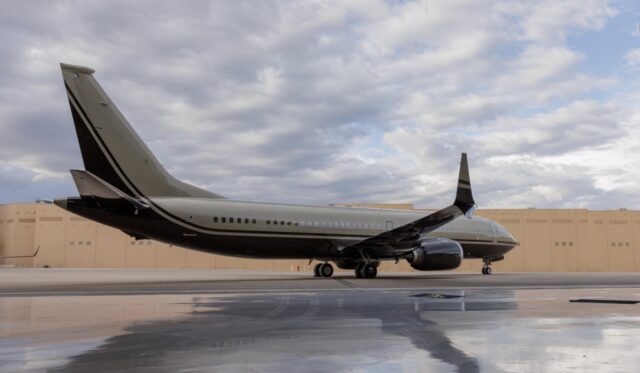UK project to explore next generation of lightweight composite aircraft structures
A study led by the University of Southampton has been awarded a programme grant of £6.9 million by the Engineering and Physical Sciences Research Council (EPSRC) to address the barriers…

A study led by the University of Southampton has been awarded a programme grant of £6.9 million by the Engineering and Physical Sciences Research Council (EPSRC) to address the barriers to the design and manufacture of future composite aerostructures.
Working closely with the University of Bristol, University of Bath and the University of Exeter, as well as industry partners, the project will look to enable more structurally efficient and lightweight airframes to meet future fuel and cost efficiency challenges.
The partners say that maximising advanced composite aerostructures is restricted by current test, simulation and certification approaches. The programme grant, titled ‘Certification for Design: Reshaping the Testing Pyramid (CerTest)’ seeks to address this by redefining the so-called ‘testing pyramid’, which is the backbone of current validation and certification processes.
The research into composite aircraft structures will look to reduce weight, cost and time for development and testing, through integration of virtual testing and advanced data-rich experimentation of aerostructure components and substructures.
Knowledge gap
Ole Thomsen, professor of structures and materials at the University of Southampton, said: “This funding is essential to enable continued growth of the UK aerospace industry and take economic benefits from the opportunities inherent in the move towards more sustainable aviation, as it fills a knowledge gap, where there is no equivalent capability in the UK or internationally.
“Using world class expertise, this programme grant from EPSRC will enhance the UK position in the technical revolution that embraces new materials and processes, by addressing an urgent need in aero structures design.”
Professor Thomsen added: “It is not our job to certify aircrafts, but our job is to deliver scientific breakthroughs to realise the aviation sector’s visions to support their work with advanced research, with the intention to save them time and money.”
Subscribe to our weekly newsletter
















